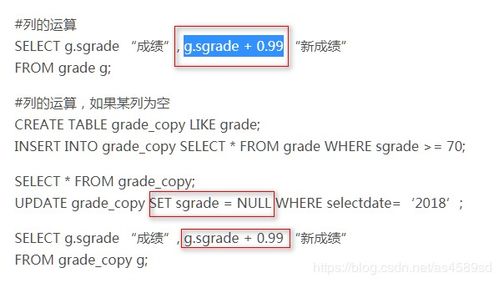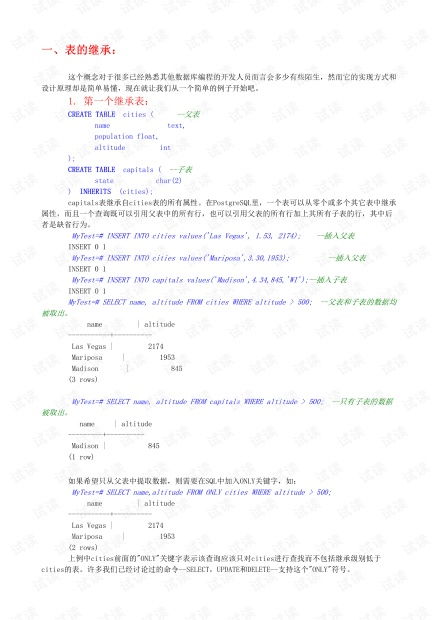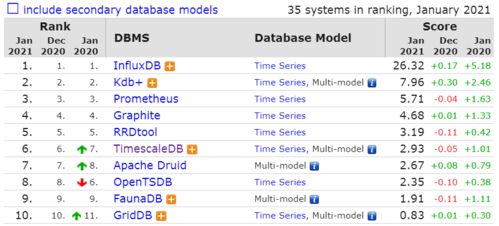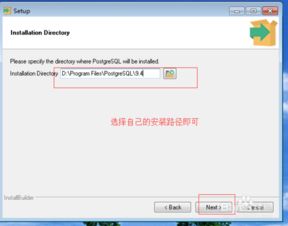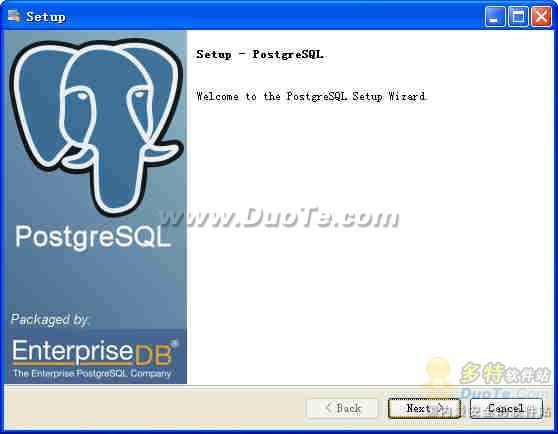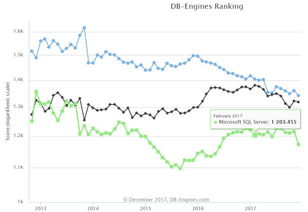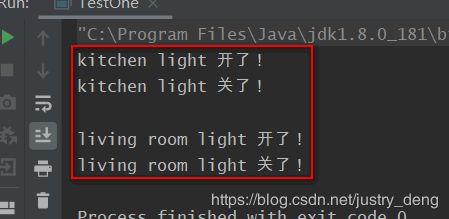这篇文章主要介绍了vue 组件基础知识的相关资料,帮助大家更好的理解和使用vue的组件,感兴趣的朋友可以了解下
组件基础

1 组件的复用
组件是可复用的Vue实例。
<!DOCTYPE html>
<html>
<head>
<meta charset="utf-8">
<style>
</style>
<script src="https://cdn.staticfile.org/vue/2.4.2/vue.min.js"></script>
</head>
<body>
<div id="app">
<button-counter></button-counter>
<button-counter></button-counter>
<button-counter></button-counter>
</div>
<script>
// 定义一个名为 button-counter 的新组件
Vue.component('button-counter', {
data: function () {
return {
count: 0
}
},
template: '<button v-on:click="count++">点击了 {{ count }} 次.</button>'
});
new Vue({ el: '#app' });
</script>
</body>
</html>
注意当点击按钮时,每个组件都会各自独立维护它的count。这里自定义组件的data属性必须是一个函数,每个实例维护一份被返回对象的独立的拷贝。
<!DOCTYPE html>
<html>
<head>
<meta charset="utf-8">
<style>
</style>
<script src="https://cdn.staticfile.org/vue/2.4.2/vue.min.js"></script>
</head>
<body>
<div id="app">
<button-counter></button-counter>
<button-counter></button-counter>
<button-counter></button-counter>
</div>
<script>
var buttonCounterData = {
count: 0
}
// 定义一个名为 button-counter 的新组件
Vue.component('button-counter', {
data: function () {
return buttonCounterData
},
template: '<button v-on:click="count++">点击了 {{ count }} 次.</button>'
});
new Vue({ el: '#app' });
</script>
</body>
</html>
2 通过 Prop 向子组件传递数据
<!DOCTYPE html>
<html>
<head>
<meta charset="utf-8">
<style>
</style>
<script src="https://cdn.staticfile.org/vue/2.4.2/vue.min.js"></script>
</head>
<body>
<div id="app">
<blog-post title="My journey with Vue"></blog-post>
<blog-post title="Blogging with Vue"></blog-post>
<blog-post title="Why Vue is so fun"></blog-post>
</div>
<script>
Vue.component('blog-post', {
props: ['title'],
template: '<h3>{{ title }}</h3>'
})
new Vue({ el: '#app' });
</script>
</body>
</html>
这里组件就是通过自定义属性title来传递数据。
我们可以使用v-bind来动态传递prop。
<!DOCTYPE html>
<html>
<head>
<meta charset="utf-8">
<style>
</style>
<script src="https://cdn.staticfile.org/vue/2.4.2/vue.min.js"></script>
</head>
<body>
<div id="app">
<blog-post v-for="post in posts" v-bind:key="post.id" v-bind:title="post.title"></blog-post>
</div>
<script>
Vue.component('blog-post', {
props: ['title'],
template: '<h3>{{ title }}</h3>'
})
new Vue({
el: '#app',
data: {
posts: [
{ id: 1, title: 'My journey with Vue' },
{ id: 2, title: 'Blogging with Vue' },
{ id: 3, title: 'Why Vue is so fun' }
]
}
});
</script>
</body>
</html>
3 单个根元素

每个组件必须只有一个根元素。
<!DOCTYPE html>
<html>
<head>
<meta charset="utf-8">
<style>
</style>
<script src="https://cdn.staticfile.org/vue/2.4.2/vue.min.js"></script>
</head>
<body>
<div id="app">
<blog-post v-for="post in posts" v-bind:key="post.id" v-bind:post="post"></blog-post>
</div>
<script>
Vue.component('blog-post', {
props: ['post'],
template: `
<div class="blog-post">
<h3>{{ post.title }}</h3>
<div v-html="post.content"></div>
</div>
`
})
new Vue({
el: '#app',
data: {
posts: [
{ id: 1, title: 'My journey with Vue', content: 'my journey...' },
{ id: 2, title: 'Blogging with Vue', content: 'my blog...' },
{ id: 3, title: 'Why Vue is so fun', content: 'Vue is so fun...' }
]
}
});
</script>
</body>
</html>
注意到v-bind:post="post"绑定的post是一个对象,这样可以避免了需要通过很多prop传递数据的麻烦。
4 监听子组件事件
<!DOCTYPE html>
<html>
<head>
<meta charset="utf-8">
<style>
</style>
<script src="https://cdn.staticfile.org/vue/2.4.2/vue.min.js"></script>
</head>
<body>
<div id="app">
<div :style="{fontSize: postFontSize + 'em'}">
<blog-post v-for="post in posts"
v-bind:key="post.id"
v-bind:post="post"
v-on:enlarge-text="postFontSize += 0.1" />
</div>
</div>
<script>
Vue.component('blog-post', {
props: ['post'],
template: `
<div class="blog-post">
<h3>{{ post.title }}</h3>
<button v-on:click="$emit('enlarge-text')">放大字体</button>
<div v-html="post.content"></div>
</div>
`
})
new Vue({
el: '#app',
data: {
postFontSize: 1,
posts: [
{ id: 1, title: 'My journey with Vue', content: 'my journey...' },
{ id: 2, title: 'Blogging with Vue', content: 'my blog...' },
{ id: 3, title: 'Why Vue is so fun', content: 'Vue is so fun...' }
]
}
});
</script>
</body>
</html>
子组件通过$emit方法并传入事件名称来触发一个事件。父组件可以接收该事件。
我们可以使用事件抛出一个值。
<!DOCTYPE html>
<html>
<head>
<meta charset="utf-8">
<style>
</style>
<script src="https://cdn.staticfile.org/vue/2.4.2/vue.min.js"></script>
</head>
<body>
<div id="app">
<div :style="{fontSize: postFontSize + 'em'}">
<blog-post v-for="post in posts"
v-bind:key="post.id"
v-bind:post="post"
v-on:enlarge-text="postFontSize += $event" />
</div>
</div>
<script>
Vue.component('blog-post', {
props: ['post'],
template: `
<div class="blog-post">
<h3>{{ post.title }}</h3>
<button v-on:click="$emit('enlarge-text', 0.2)">放大字体</button>
<div v-html="post.content"></div>
</div>
`
})
new Vue({
el: '#app',
data: {
postFontSize: 1,
posts: [
{ id: 1, title: 'My journey with Vue', content: 'my journey...' },
{ id: 2, title: 'Blogging with Vue', content: 'my blog...' },
{ id: 3, title: 'Why Vue is so fun', content: 'Vue is so fun...' }
]
}
});
</script>
</body>
</html>
在父组件中,我们可以通过$event访问到被抛出的这个值。
我们可以在组件上使用v-model。
<!DOCTYPE html>
<html>
<head>
<meta charset="utf-8">
<style>
</style>
<script src="https://cdn.staticfile.org/vue/2.4.2/vue.min.js"></script>
</head>
<body>
<div id="app">
<!-- <input v-model="searchText"> -->
<input v-bind:value="searchText" v-on:input="searchText = $event.target.value">
<p>{{ searchText }}</p>
</div>
<script>
new Vue({
el: '#app',
data: {
searchText: ''
}
});
</script>
</body>
</html>
<!DOCTYPE html>
<html>
<head>
<meta charset="utf-8">
<style>
</style>
<script src="https://cdn.staticfile.org/vue/2.4.2/vue.min.js"></script>
</head>
<body>
<div id="app">
<custom-input v-model="searchText"></custom-input>
<custom-input v-bind:value="searchText" v-on:input="searchText = $event"></custom-input>
<p>{{ searchText }}</p>
</div>
<script>
Vue.component('custom-input', {
props: ['value'],
template: `<input v-bind:value="value" v-on:input="$emit('input', $event.target.value)" >`
})

new Vue({
el: '#app',
data: {
searchText: ''
}
});
</script>
</body>
</html>
最后,注意解析 DOM 模板时的注意事项。
以上就是vue 组件基础知识总结的详细内容,更多关于vue 组件的资料请关注脚本之家其它相关文章!
来源:脚本之家
链接:https://www.jb51.net/article/204818.htm



